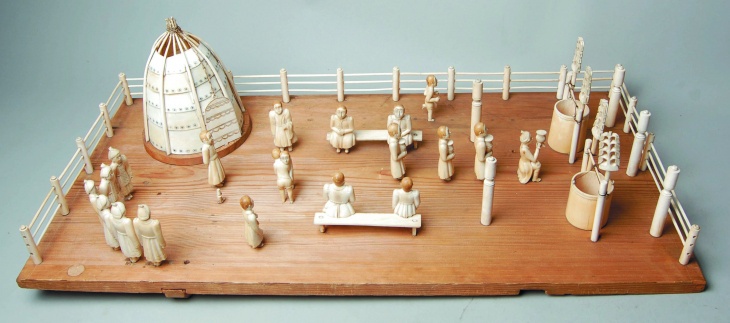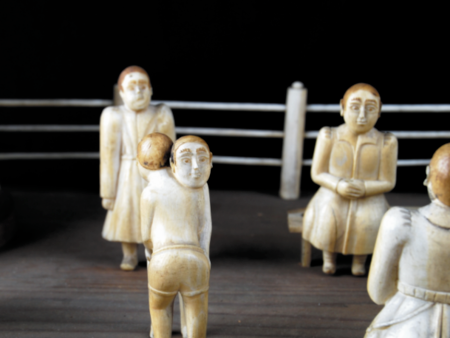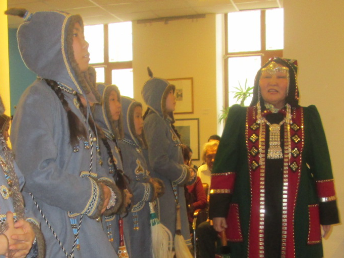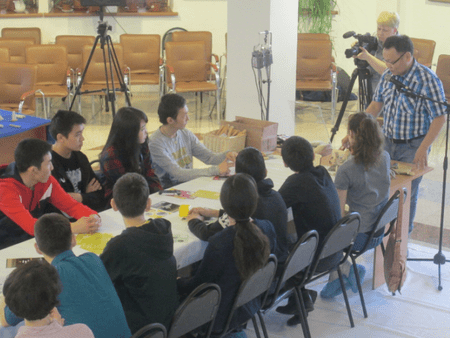About Narrative Objects: The Sakha Summer Festival and Cultural Revitalization
This project investigates the ways in which historic artefacts are tools for
- Contemplating the past
- Remembering collective practices of ethnic identity
- Contributing to cultural revitalization - particularly in areas that have experienced political and ceremonial suppression
The regional focus is the Republic of Sakha (Yakutia), in north-east Siberia. The project's centrepiece is a unique mammoth-ivory model of an Ysyakh ritual, which has been in the collection of the British Museum since 1867.
The Ysyakh is the most significant annual holiday for the Sakha people, one of Siberia's largest indigenous populations. During the Soviet era many Sakha cultural expressions were repressed - including the Ysyakh. Since the political transformations in the 1990s, efforts to revitalize Sakha heritage have generated considerable interest in pre-Soviet cultural forms. Accessing Sakha historic artefacts, now scattered in museums worldwide, is a crucial part of this revitalization. Using the model of the Ysyakh as a focus, this project will explore how historic objects can participate in projects of cultural renewal, inform artistic practice, and contribute to museum expertise.

Project Partners
More about the project
- Learn more
-
The Sakha people form one of Siberia's indigenous communities. They live in the Republic of Sakha (Yakutia), in Russia's Far East. They are the inheritors of a long shamanic tradition, although Russian colonisation brought first Christianization, and then the forced secularization of the Soviet era. As part of this tradition, they have continued to feed deities and area spirits at Ysyakh rituals, during the summer solstice.
“Model of a Summer Camp”, a model carved in mammoth ivory by an unknown artist, and now in the collection of the British Museum, depicts a scene from an Ysyakh and is the earliest known representation of this festival. Although it is regarded as a quintessentially Sakha work, few Sakha people have engaged directly with the model and it is not normally on public display.
Through the exhibition of the model in project partner, the National Art Museum of Sakha (Yakutia), and research to explore its historical and contemporary relevance, we will:
- Investigate the capacity of historic artefacts to support cultural revitalization
- Examine the articulation of historic artefacts, cultural memory, narratives and silence and ask how it might inform contemporary museum practice
- Contribute to the professional development of museum colleagues in Russia and the UK through the exchange of curatorial expertise
- Promote and strengthen relations between the UK and the Russian Federation through the first collaborative project involving cultural institutions in Britain and the Russian North
Themes
Click on the links below to find out more about the project's themes.
Project Activities
The project involves a number of related activities that will allow us to pursue our research objectives.
Acknowledgements
We acknowledge the support of the Arts and Humanities Research Council for funding this project. Funding for an earlier stage of the project was provided by the Carnegie Trust for the Universities of Scotland.
We are grateful to the Trustees of the British Museum for agreeing to the loan of the Ysyakh model to the National Museum of the Arts, and we are would like to thank our colleagues in our partner museums, The British Museum and the National Museum of the Arts, for all they have done to make the project happen.








